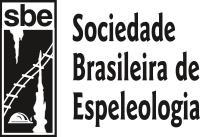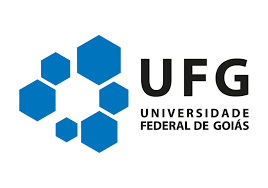Sailing rivers, live in caves and piercing jatóka: cultural and sociospatial resignifications and learning environments of Avá-Canoeiro family from river Tocantins
O presente trabalho analisa como os diferentes tempos e espaços nos quais a família Avá-Canoeiro do rio Tocantins viveu e vive promoveram ressignificações espaciais e socioculturais. A investigação está embasada especialmente em três contextos tempo-espaciais: “singrar rios” se refere aos deslocamentos pelos rios e o tempo das aldeias no pré-massacre da mata do café; “morar em cavernas”, se refere ao período de fugas pelo Cerrado do norte goiano no pós-massacre e o “furar jatóka” se refere á memória e atualização dos processos relacionados à cultura material no período em Terra Indígena. Foi possível compreender que os diferentes momentos vividos e experienciados por cada Avá-Canoeiro e/ou pelo grupo em um determinado tempo/espaço pressupõem reconfigurações no modo de vida e nas relações socioculturais geradas pelos deslocamentos e pelas novas adaptações de vida e que, ao se respeitar e compreender a organização socioespacial dos Avá-Canoeiro e os espaços de memória, educação e cultura, é possível colaborar com meios que, junto a eles, possam fortalecer sua identidade. Assim, o viver/existir, sobretudo em fuga, produziu práticas espaciais (traduzidas pela ressignificação espacial, pelas redes de relações e estratégias de sobrevivência) e um modo de memória, educação e cultura específico dessa família. Reduzidos, forçados a abandonar seus costumes e práticas culturais, esse povo, foi, aos poucos, desenvolvendo estratégias para sobrevivência. A tese está organizada em seis capítulos. A observação participante, as rodas de conversa, as entrevistas e análise de documentos compôs a metodologia da pesquisa. A fundamentação teórica recorre a Rodrigues (2008, 2012, 2013); Borges (2006); Granado (2005); Silva (2005), Pedroso (1994), entre outros.
The present investigation analyzes how different times and spaces in which the Avá-Canoeiro indigenous family from river Tocantins has been living triggered sociocultural and spatial resignifications. The investigation specially relies on three time-space contexts: “sailing rivers”, which refers to river displacements and pre-massacre tribe time in the mata do café; “cave dwelling”, which refers to the period when there were scapes throughout the Cerrado in the North of Goiás in the post-massacre and “piercing Jatóka”, which refers to memory and a material culture-related process update in the indigenous land. It was possible to understand that the different moments lived and experienced by each Avá-Canoeiro individual and/or by the group in a given time-space pressupose reconfigurations in terms of life styles and sociocultural relationships caused by the displacements and by new life adaptations and that, by respecting and understanding the Avá-Canoeiro’s sociospacial organization and their learning environments, education and culture, it is feasible to collaborate so as to strengthen their identity. . Thus, living/existing, above all, scaping, generated spatial practices (translated by spatial resignification, relationship networks and survival strategies) and a specific family mode in terms of memory, education and culture. Reduced, forced to abandon their customs and cultural practices, they have started to develop survival strategies. Reduced, forced to abandon their customs and cultural practices, they have been developing survival strategies. The dissertation is organized in six chapters. Regarding methodology, there was participatory observation, conversation rounds and interviews. The theoretical background resorts fundamentally to Rodrigues (2008, 2012, 2013, 2015); Borges (2006); Granado (2005); Silva (2005) and Pedroso (1994).

